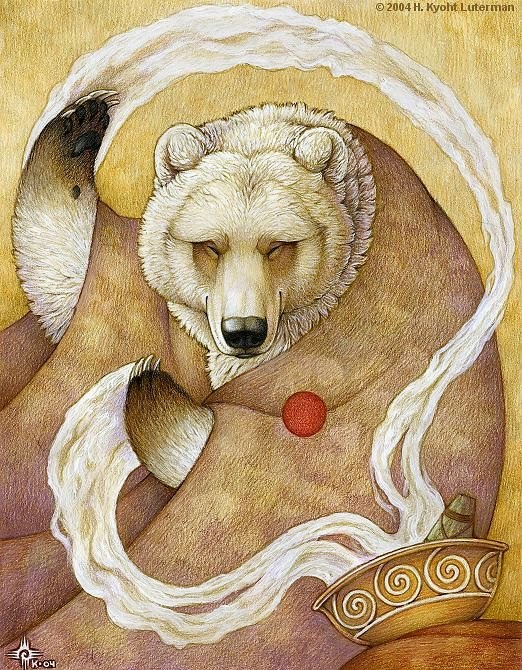An Oglala Sioux chief. He is said to have received this name because a wild pony dashed through the village when he was born. His bold, adventurous disposition made him a leader of the southern Sioux, who scorned reservation life and delighted to engage in raiding expeditions against the Crows or the Mandan, or to wreak vengeance on whites wherever they could safely attack them. When the Sioux went on the warpath in 1875, on account of the occupancy of the Black Hills and other grievances, Crazy Horse and Sitting Bull were the leaders of the hostiles. Gen. Reynolds, commanding a column of the army of Gen. Crook, in the winter of 1875 surprised Crazy Horse’s camp and captured his horses, but the Indians succeeded in stampeding the herd in a blinding snowstorm. When Gen. Crook first encountered Crazy Horse’s band on Rosebud river, Mont., the former was compelled to fall back after a sharp fight. The band at that time consisted of about 600 Minneconjou Sioux and Cheyenne.
Later Crazy Horse was joined on Powder river by warlike Sioux of various tribes on the reservation, others going to swell the band of Sitting Bull in Dakota. Both bands united and annihilated the column of Gen. George A. Custer on Little Bighorn river, Montana, June 25, 1576. When Gen. Nelson A. Miles pursued the Sioux in the following winter the two camps separated again south of Yellowstone river, Crazy Horse taking his Cheyenne and Oglala and going back to Rosebud river. Gen. Mackenzie destroyed his camp on a stream that flows into Tongue river, losing several men in the engagement. Gen. Miles followed the hand toward Bighorn mountains and had a sharp engagement in which the troops could scarcely have withstood the repeated assaults of double their number without their artillery, which exploded shells among the Indians with great effect. Crazy Horse surrendered in the spring with over 2,000 followers. He was suspected of stirring up another war and was placed under arrest on Sept. 7, 1877, but broke from the guard and was shot. See Miles, Pers. Recol., 193, 244, 1896.
Young Man Afraid of His Horses. A chief of the Oglala Sioux, contemporaneous with Red Cloud and one of the leading lieutenants of the latter in the war of 1866 to defeat the building of the Montana road through the buffalo pastures of Powder r. His Sioux name, Tasunkakokipapi, is not properly interpreted; it really means that the bearer was so potent in battle that the mere sight of his horses inspired fear. After the peace of 1868 he lived at the Oglala agency and died at Pine Ridge, South Dakota.
Sources:
Bright, William (2004). Native American Place Names in the United States.
Norman, OK: University of Oklahoma Press, p. 125, "George Kills in Sight Describes the Death of Indian Leader Crazy Horse".
History Matters. George Mason University, He Dog interview, July 7, 1930, in: Eleanor H. Hinman (ed.),
"Oglala Sources on the Life of Crazy Horse", Nebraska History 57 (Spring 1976) p. 9,
The Authorized Biography of Crazy Horse and His Family Part One: Creation, Spirituality, and the Family Tree,
The William Garnett Interview", in The Surrender and Death of Crazy Horse: A Source Book, Ed. Richard G Hardoff, 1998. p. 43
About the image:
Description
A sketch of Crazy Horse believed to be accurate. It was drawn in 1934 by a sketch artist interviewing Crazy Horse's sister, who claimed it was an accurate image.
Source
History Detectives
Article
Crazy Horse
Portion used
Yes.
Low resolution?
Yes.
Purpose of use
To show the only believed-to-be accurate sketch of Crazy Horse
Replaceable?
No. The original image is kept by Crazy Horse's descendants and was only known to be displayed once, on the History Detectives
 "Precious Moment" Germaine Arnaktauyok
"Precious Moment" Germaine Arnaktauyok



